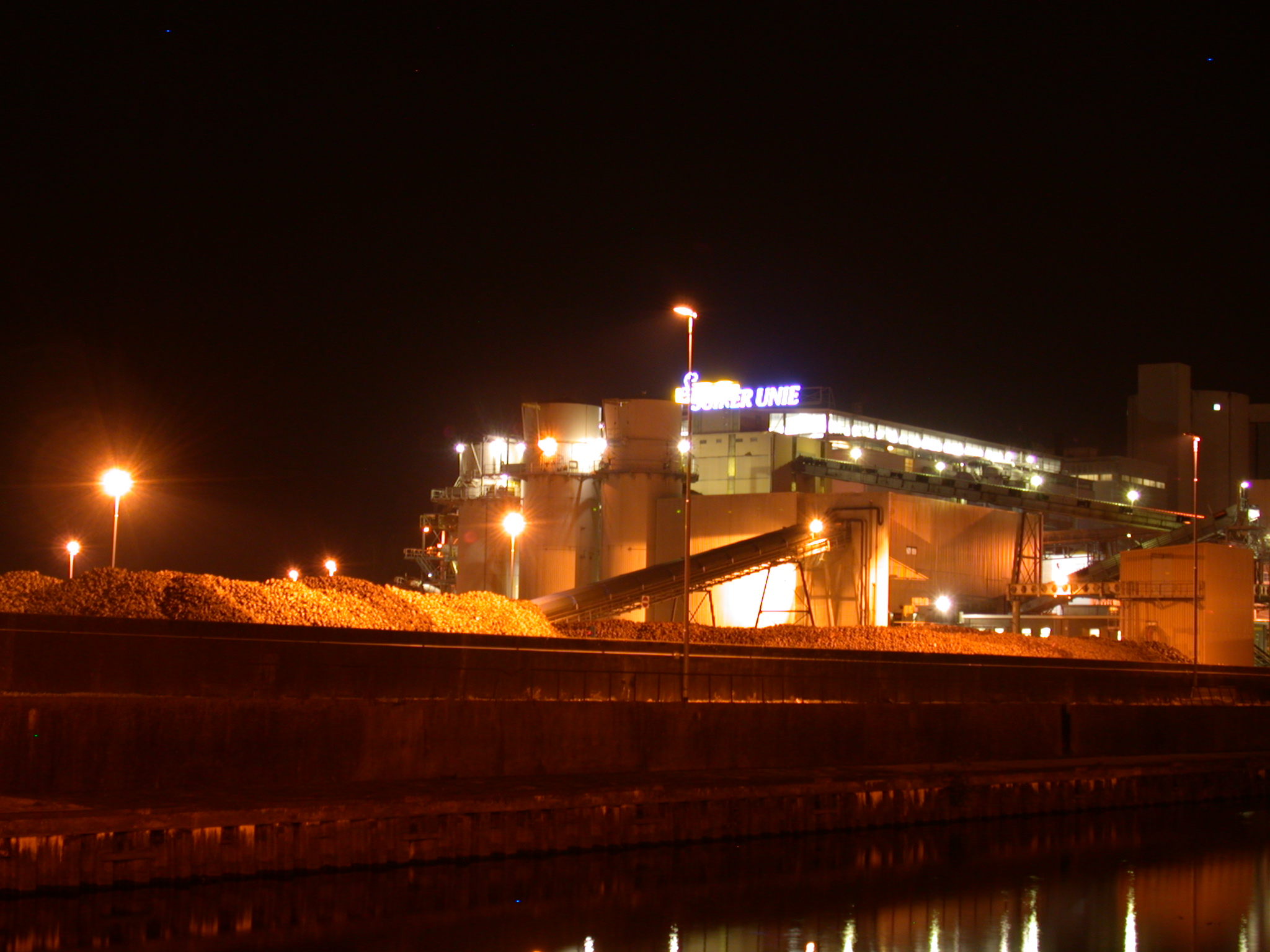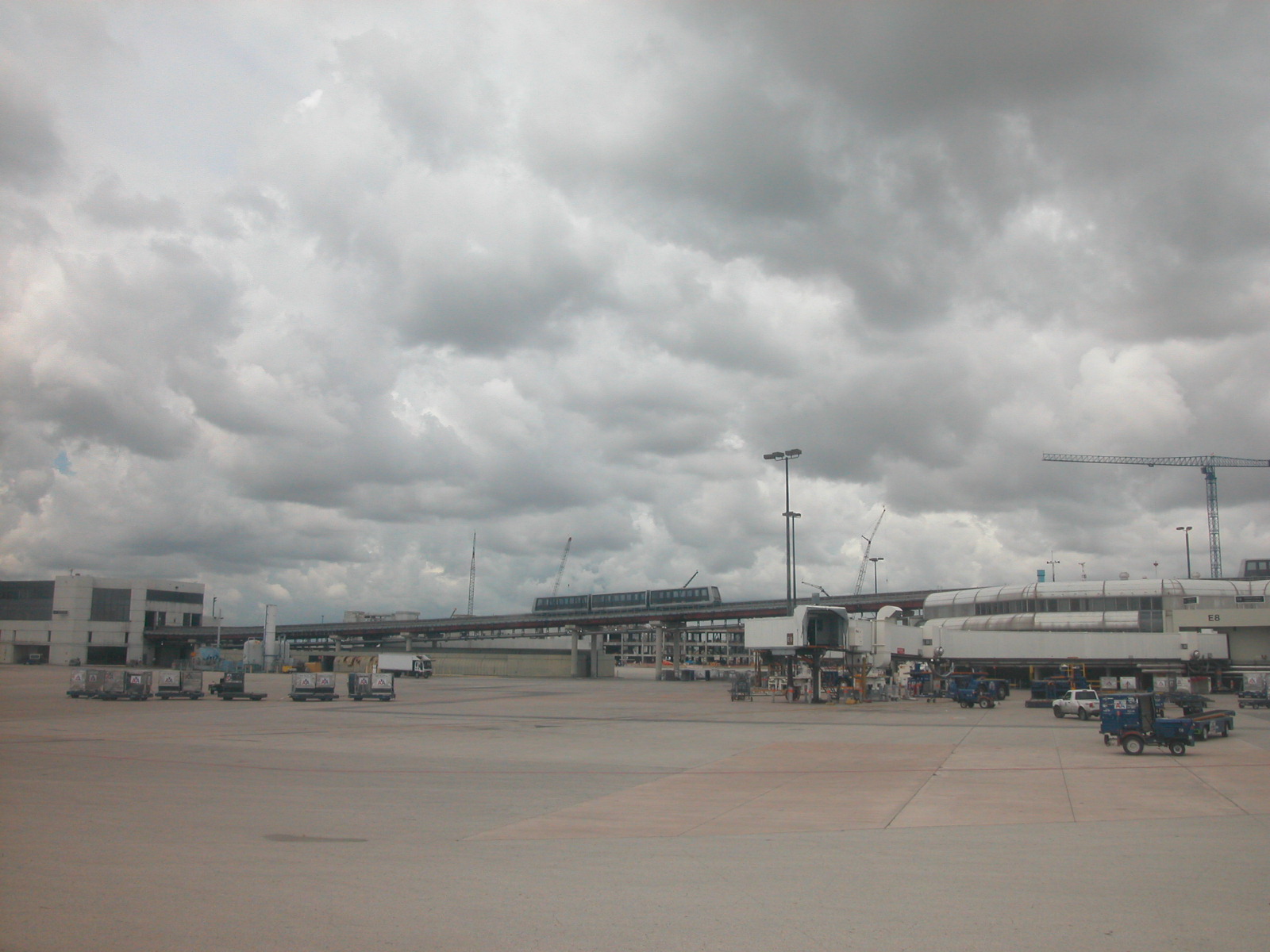The 5-Minute Rule for Superlotto Slots & RTP Guide
페이지 정보
작성자 Emelia Rausch 댓글 0건 조회 1회 작성일 25-11-19 06:31필드값 출력
본문
Introduction:
Internet poker has revolutionized the gambling business, offering people with the convenience of playing a common card game without leaving their very own houses. This report aims to explore the rise, appeal, and impact of on-line poker. By delving to the history, advantages, and difficulties faced by internet poker platforms, we are able to get an extensive understanding of this thriving industry.
History and development:
Internet poker emerged in belated 1990s due to developments in technology and also the net. The very first online poker space, earth Poker, premiered in 1998, attracting a tiny but enthusiastic community. However, it was at the first 2000s that internet poker experienced exponential growth, mainly due to the introduction of real-money games and televised poker tournaments.
Popularity and Accessibility:
One of the most significant reasons behind the immense popularity of internet poker is its availability. People can get on a common online poker systems at any time, from anywhere, utilizing their computer systems or cellular devices. This convenience has actually attracted a varied player base, ranging from leisure players to specialists, adding to the fast growth of on-line poker.
Benefits of Internet Poker:
Internet poker provides a number of advantages over old-fashioned brick-and-mortar casinos. Firstly, it provides a larger selection of game options, including numerous poker variants and stakes, catering on tastes and spending plans of all of the kinds of players. Furthermore, online poker areas are open 24/7, eliminating the limitations of actual Superlotto Casino games – full List operating hours. Additionally, on the web platforms frequently offer appealing incentives, respect programs, additionally the capability to play multiple tables simultaneously, improving the entire video gaming knowledge.
Challenges and Regulation:
While the online poker business flourishes, it deals with challenges in the shape of regulation and security issues. Governments global have implemented different quantities of regulation to protect players and avoid deceptive activities. Also, internet poker systems require sturdy safety measures to shield people' individual and monetary information, making sure a secure playing environment.
 Financial and Personal Impact:
Financial and Personal Impact:
The development of online poker has received a significant financial effect globally. Internet poker systems generate significant income through rake costs, event entry costs, and marketing. This income features resulted in job creation and investments into the video gaming industry. Moreover, internet poker has contributed to a rise in tax revenue for governing bodies where it's regulated, promoting community services.
 From a personal point of view, internet poker has fostered an international poker neighborhood, bridging geographic barriers. Players from diverse experiences and places can connect and participate, fostering a feeling of camaraderie. Internet poker has additionally played an important role to promote the game's popularity and attracting brand new players, ultimately causing the growth regarding the poker business overall.
From a personal point of view, internet poker has fostered an international poker neighborhood, bridging geographic barriers. Players from diverse experiences and places can connect and participate, fostering a feeling of camaraderie. Internet poker has additionally played an important role to promote the game's popularity and attracting brand new players, ultimately causing the growth regarding the poker business overall.
Conclusion:
To conclude, online poker is an international occurrence, providing players with unparalleled convenience and a wide range of gaming options. The growth of on-line poker happens to be fueled by its availability, benefits over standard gambling enterprises, and economic and personal influence it's produced. But difficulties in legislation and security needs to be addressed so that the continued success and sustainability for the industry. As technology evolves, on-line poker will probably continue its upward trajectory, solidifying its place as a dynamic and interesting form of enjoyment.
Internet poker has revolutionized the gambling business, offering people with the convenience of playing a common card game without leaving their very own houses. This report aims to explore the rise, appeal, and impact of on-line poker. By delving to the history, advantages, and difficulties faced by internet poker platforms, we are able to get an extensive understanding of this thriving industry.
History and development:
Internet poker emerged in belated 1990s due to developments in technology and also the net. The very first online poker space, earth Poker, premiered in 1998, attracting a tiny but enthusiastic community. However, it was at the first 2000s that internet poker experienced exponential growth, mainly due to the introduction of real-money games and televised poker tournaments.
Popularity and Accessibility:
One of the most significant reasons behind the immense popularity of internet poker is its availability. People can get on a common online poker systems at any time, from anywhere, utilizing their computer systems or cellular devices. This convenience has actually attracted a varied player base, ranging from leisure players to specialists, adding to the fast growth of on-line poker.
Benefits of Internet Poker:
Internet poker provides a number of advantages over old-fashioned brick-and-mortar casinos. Firstly, it provides a larger selection of game options, including numerous poker variants and stakes, catering on tastes and spending plans of all of the kinds of players. Furthermore, online poker areas are open 24/7, eliminating the limitations of actual Superlotto Casino games – full List operating hours. Additionally, on the web platforms frequently offer appealing incentives, respect programs, additionally the capability to play multiple tables simultaneously, improving the entire video gaming knowledge.
Challenges and Regulation:
While the online poker business flourishes, it deals with challenges in the shape of regulation and security issues. Governments global have implemented different quantities of regulation to protect players and avoid deceptive activities. Also, internet poker systems require sturdy safety measures to shield people' individual and monetary information, making sure a secure playing environment.
 Financial and Personal Impact:
Financial and Personal Impact:The development of online poker has received a significant financial effect globally. Internet poker systems generate significant income through rake costs, event entry costs, and marketing. This income features resulted in job creation and investments into the video gaming industry. Moreover, internet poker has contributed to a rise in tax revenue for governing bodies where it's regulated, promoting community services.
 From a personal point of view, internet poker has fostered an international poker neighborhood, bridging geographic barriers. Players from diverse experiences and places can connect and participate, fostering a feeling of camaraderie. Internet poker has additionally played an important role to promote the game's popularity and attracting brand new players, ultimately causing the growth regarding the poker business overall.
From a personal point of view, internet poker has fostered an international poker neighborhood, bridging geographic barriers. Players from diverse experiences and places can connect and participate, fostering a feeling of camaraderie. Internet poker has additionally played an important role to promote the game's popularity and attracting brand new players, ultimately causing the growth regarding the poker business overall.Conclusion:
To conclude, online poker is an international occurrence, providing players with unparalleled convenience and a wide range of gaming options. The growth of on-line poker happens to be fueled by its availability, benefits over standard gambling enterprises, and economic and personal influence it's produced. But difficulties in legislation and security needs to be addressed so that the continued success and sustainability for the industry. As technology evolves, on-line poker will probably continue its upward trajectory, solidifying its place as a dynamic and interesting form of enjoyment.
- 이전글Play m98 Online casino Online in Thailand 25.11.19
- 다음글Play m98 Online casino Online in Thailand 25.11.19




